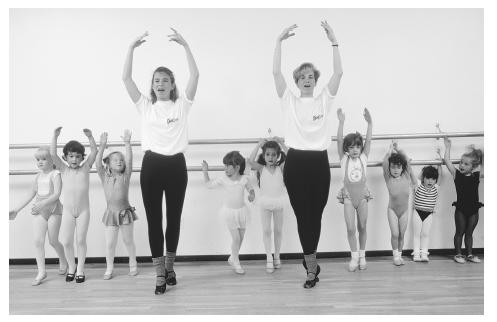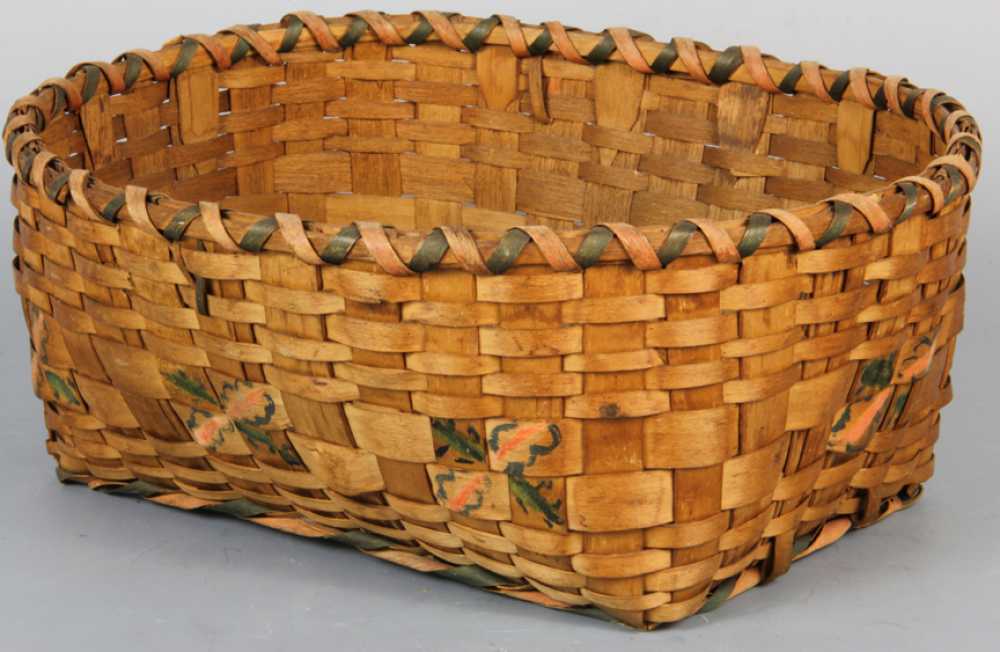One boy reflected on how his father kept the BlackBerry on the nightstand as he read him Harry Potter
This entire anecdote having to do with the effect of technology on children was very moving to me as a reader, and therefore was very smart to include on Rheingold's part. When people try and argue that technology is damaging to kids, they're usually citing examples such as violence in video games or lack of outdoor activity, but this example explores a whole new facet of technology's effects on children.
This idea definitely takes advantage of a reader's pathos rather effectively. Imagining a child trying to get their parent's attention, trying to tell them a story about their day at school or showing their parent their favorite movie and waiting for a positive reaction when all they'll get is a, "Uh-huh, okay," while their parent focuses on their Blackberry is pretty heartbreaking. This anecdote, including Turkle's quote, is very persuasive.







